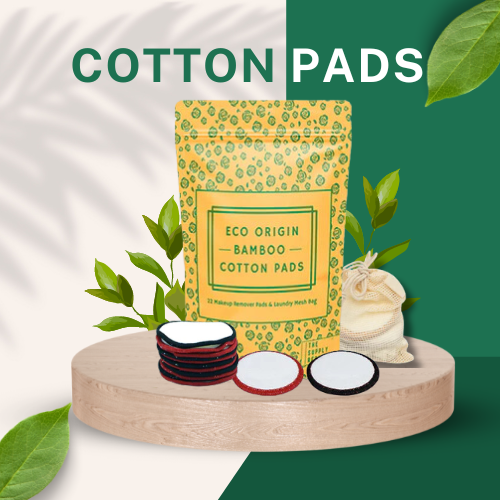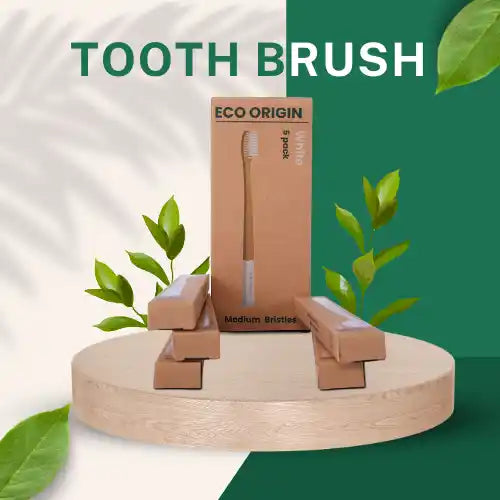The Impact Of Artificial Football Pitches
The image of overflowing landfills filled with discarded artificial football pitches is a powerful one. It's been used in headlines and environmental campaigns to focus on the enormous amount of plastic waste generated in contemporary global. But is this a realistic image graph? How a good deal plastic would it truly take to fill a football pitch, and what number of pitches will we throw away in an entire life?
From single-use plastics to synthetic material, our reliance on plastic has reached alarming levels. One area that often is going neglected is the use of artificial turf in sports activities fields, particularly in football pitches . Have you ever wondered just how lots plastic goes into creating those pitches and what the cumulative environmental effect is probably?
The Turf Synthetic Grass
The challenge with artificial grass is pretty clear. Made mostly from materials like polyethylene or polypropylene, this kind of turf has popped up on football fields everywhere. People love it because it's tough, doesn't need much looking after, and can handle all sorts of weather, making it a go-to choice for many sports places. However, the environmental effects of synthetic turf production and disposal are reason for subject.
Statistics and Research Findings
Plastic Content in Artificial Turf
A study featured in the Environmental Science & Technology journal reveals something quite surprising: a regular football field made of artificial turf is packed with about 20,000 to 40,000 pounds of plastic. This hefty amount includes not just the plastic blades that mimic real grass but also the underlying infill, which gives the turf its soft, stable feel underfoot.
· Lifespan of Artificial Turf
The lifespan of synthetic turf varies relying on elements together with usage, preservation, and climate conditions. On common, a football pitch with synthetic turf can final among eight to twelve years before requiring alternative. Over the path of a lifetime, an person may witness numerous iterations of synthetic turf installations on their nearby sports activities fields.
How Much Plastic is in a Football Pitch?
According to FIFA (Fédération Internationale de Football Association), the usual dimensions for a professional football pitch are a 120 meters long by way of 90 meters huge (https://publications.fifa.com/en/football-stadiums-guidelines/technical-guideline/stadium-guidelines/pitch-dimensions-and-surrounding-areas/).
Multiplying these lengths offers us a total playing place of 10,800 rectangular meters.
But what approximately the intensity? Modern synthetic football pitches usually use infill – a layer of cloth placed on pinnacle of the bottom for cushioning and performance. Infill may be made from various material, together with sand, rubber crumb, and recycled plastic granules.
The thickness of the infill layer varies relying at the desired gambling traits and guidelines. For professional pitches, FIFA recommends an infill intensity between 20mm and 40mm (https://www.fifa.com/technical/football-technology/standards/football-turf/fifa-quality-programme-for-football-turf).
Let's take an average of 30mm for this calculation.
Now, we will calculate the entire extent of infill wanted for a football pitch:
Volume = Area x Depth
Volume = 10,800 sqm x 0.03m
Volume = 324 cubic meters (m³) of infill
However, it is essential to be aware that no longer all of this infill is plastic. Many pitches still use sand or rubber crumb, or even those with plastic granules may best have a percent of recycled plastic content material. Without unique facts at the common plastic content material in infill, it is difficult to decide the precise amount of plastic used in keeping with pitch.
Environmental Consequences
The big use of synthetic turf in football pitches has several environmental effects:
Plastic Pollution
The disposal of synthetic turf at the quit of its lifespan contributes to plastic pollution, as the material used in its creation are non-biodegradable. Disposal methods inclusive of landfilling or incineration can in addition exacerbate environmental degradation and damage ecosystems.
Resource Depletion
The production of synthetic turf calls for full-size quantities of petroleum-based totally sources, in addition depleting finite fossil gasoline reserves. Additionally, the manufacturing method releases greenhouse gases and other pollution into the surroundings, contributing to climate exchange and air pollutants.
Health Concerns
Studies have raised worries about the potential fitness dangers related to synthetic turf, mainly the publicity to dangerous chemical material and micro plastics. As the turf degrades over time, debris can be launched into the air and water, posing dangers to human health and the environment.
Sources of Plastic/Artificial Football Pitches
While artificial football pitches may not be overflowing landfills by means of the dozen, plastic does play a widespread function in the game in various ways:
- Pitch Infill: As discussed above, a few pitches use recycled plastic granules for infill.
- Kits and Equipment: Modern football kits are often made from synthetic material like polyester, a sort of plastic. Football boots also incorporate diverse plastic components.
- Stadium Seating: Many modern stadiums have plastic seating, contributing to plastic waste while replaced.
- Packaging: Footballs, equipment, and products all come packaged in plastic, adding to ordinary plastic intake.
While the "filling pitches" claim might be an exaggeration, the cumulative plastic use in football is a concern. All of it highlights the complicated interaction between sports, sustainability, and environmental stewardship.
While synthetic turf gives realistic benefits in phrases of overall performance and durability, its environmental footprint cannot be left out. As individuals and communities, we ought to recommend for greater sustainable alternatives and undertake responsible practices to mitigate the impact of plastic pollutants.
Some Promising Solutions
- Biodegradable Infill: Companies are growing biodegradable infill materials made from natural materials like cork or coconut fibers.
- Recycled Kits and Equipment: Brands are the use of recycled plastic to create football kits and system, lowering reliance on virgin plastic.
- Reusable Packaging: Switching to reusable or biodegradable packaging for football merchandise can considerably reduce plastic waste.
- Stadium Sustainability Initiatives: Stadiums are implementing waste discount packages and exploring approaches to reuse or recycle discarded material.











